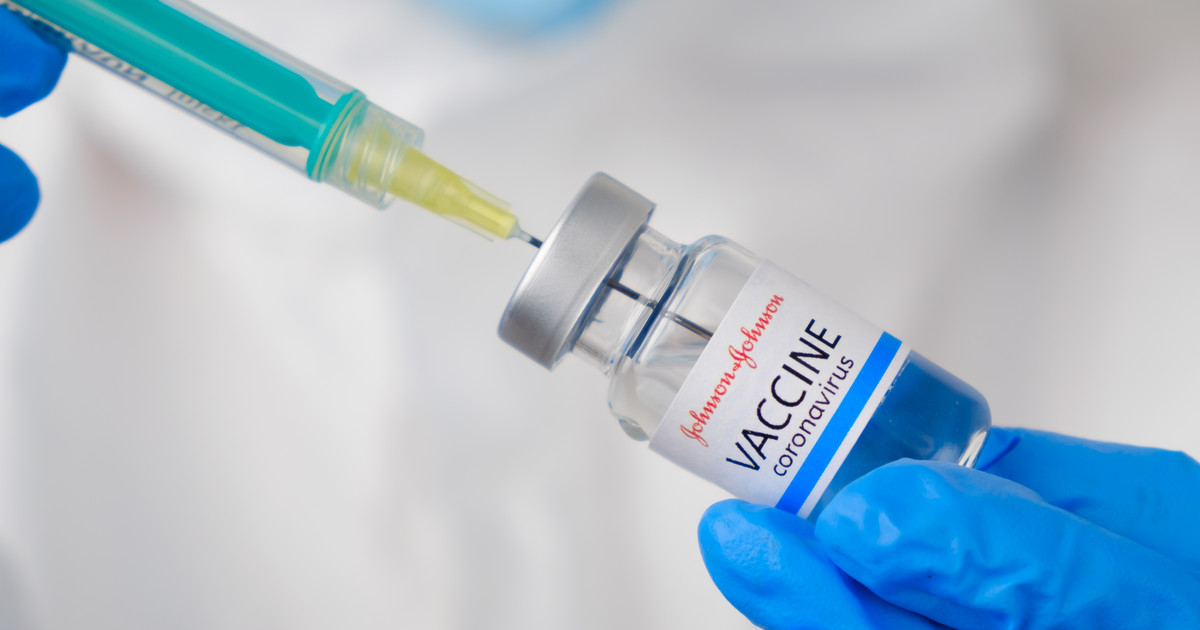The device is the work of scientists from the Pritzker School of Molecular Engineering at the University of Chicago and the Department of Chemistry and Nanoengineering at the University of California, San Diego. The prototype battery operates reliably for several hundred charge-discharge cycles. By eliminating the anode and using sodium instead of lithium, the device is cheaper to produce and less harmful to the environment. If the solution proves successful, it could be useful not only in electric cars but also for storing renewable energy on power grids. “The United States needs terawatt-hours of energy. If we want to get rid of fossil fuels, we need batteries with a total capacity of hundreds of terawatt-hours. We need more batteries, and we need them quickly,” says Professor Y. Shirley Meng.
The most common type of battery currently is lithium-ion devices. Therefore, their production requires lithium, but it is not very common. In the Earth’s crust, it is about 20 parts per million. Sodium is more common. This reaches 20,000 parts per million. The declining availability of lithium, combined with the rising demand for smartphone and laptop batteries and the growing number of electronic gadgets and cars, has led to a significant increase in the price of the element. Lithium is becoming a political element. Chile, Argentina and Bolivia together have up to 75% of the world’s lithium resources. As if that were not enough, its extraction and processing is very harmful to the environment.
Meanwhile, sodium is not only more widespread, but its extraction is not as destructive to nature as lithium mining.
Scientists from Chicago and San Diego had to develop a new device architecture so that their sodium battery would have an energy density similar to lithium batteries. In conventional batteries, we have an anode and a cathode. The anode stores ions while charging, and when we want to use the stored energy, the ions flow to the cathode through the electrolyte.
Anode-less batteries achieve higher voltage, higher energy density, smaller size and weight, and are cheaper, but there is no rose without thorns. — In an anode-less battery, good contact between the electrolyte and the cathode is essential. This is easy to achieve with a liquid electrolyte, but not with a solid electrolyte, says Deischer. The problem here, however, is the formation of SEI (solid electrolyte interphase), which causes a gradual loss of cell capacity.
The creators of the new battery approached the problem in a different way. Instead of using an electrolyte that surrounds the electrode, they built a cathode that surrounds the electrode. The cathode in this case is aluminum powder, a solid that behaves like a liquid. It was thickened to form a solid cathode, but it maintained good contact with the electrolyte, which is typical of a liquid. Sodium batteries are usually seen as products of the distant future. “We hope that our work will revive interest in them and show that in some cases they can be much better than lithium batteries,” Deischer says.
source:

Echo Richards embodies a personality that is a delightful contradiction: a humble musicaholic who never brags about her expansive knowledge of both classic and contemporary tunes. Infuriatingly modest, one would never know from a mere conversation how deeply entrenched she is in the world of music. This passion seamlessly translates into her problem-solving skills, with Echo often drawing inspiration from melodies and rhythms. A voracious reader, she dives deep into literature, using stories to influence her own hardcore writing. Her spirited advocacy for alcohol isn’t about mere indulgence, but about celebrating life’s poignant moments.








